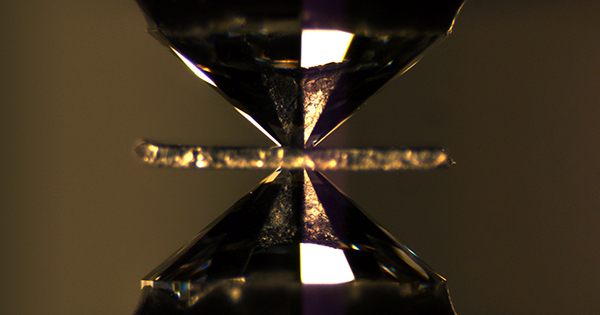Superconductors can revolutionize our world. Power transmission without resistance is already a tremendous advantage and this is what makes many technological leap superconductors with their strange quantum properties. The only problem is that the materials simply superconducting at very low temperatures.
Several new studies have recently been published announcing that the goal of a room temperature superconductor is getting closer. In a study published in the preprint server RXIV, researchers discussed the observation that a specific element at -23 degrees centigrade (-9.4 degrees Fahrenheit) is superconductive. If the job is confirmed, it will jump about 50 degrees from the previous record.
Three tests are usually performed to determine if the material is superconducting. First, it is necessary to demonstrate zero electrical resistance. Second, it must have an isotope effect, where the critical superconducting temperature is reduced by switching to a heavier isotope. This is why you get hoverboards that use superconductors.
The material tested is the hydride of lanthanum, an atom of silver metal surrounded by 10 hydrogen atoms. It passed the first two tests but the sample obtained was too small to perform the third. The researchers conducted another magnetic experiment with very positive results. The reason behind the limited sample size is that one of the catches of this method is that the substance needs to be kept at an incredible pressure of 1.6 million atmospheres, less than half the pressure that can be found at the center of the earth. The researchers pressed the specimen between two diamond anvils and observed its exceptional properties.
The team focused on the hydrides of lanthanum and other hydrides because calculations showed that the range of their superconducting under high pressure could exceed 70 ° C (158 ° F). The starting point of this study was actually the work of a different group to search for the same material. They declare superconductivity at 7 degrees Celsius (44.6 degrees Fahrenheit). Although this has not been observed in this study, a superconducting material that will work in a regular freezer is still a huge leap forward. Understanding what makes room-temperature superconducting materials tick, even under these high pressures, is important for the development of what can be used in everyday situations.













